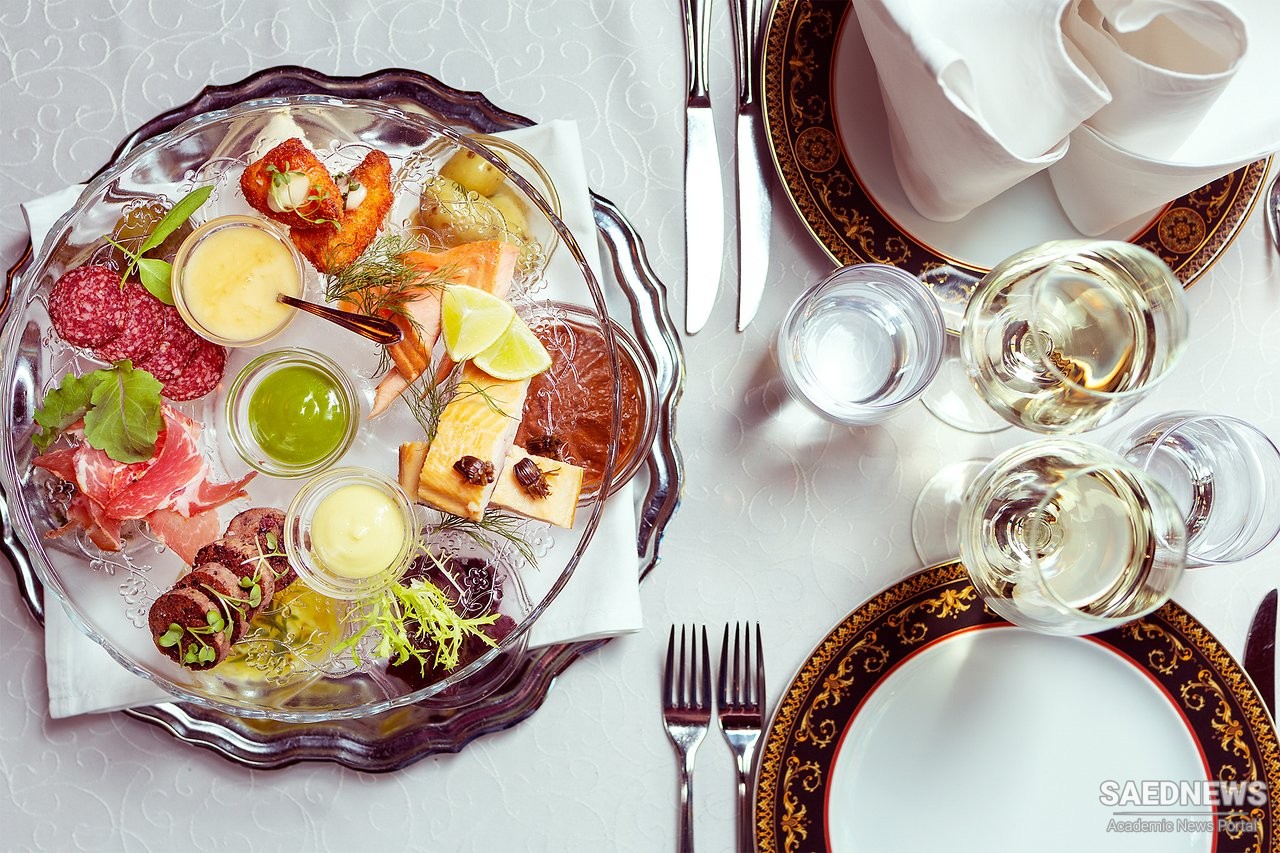The most common zakuski spreads might feature a few simple items, such as herring, cheese, and bread, or more elaborate dishes that number 20 or more. Some Russians consider soup as part of the zakuski spread, especially now that slow cookers are popular worldwide and can keep the soup hot on the serving line.
Before every traditional Russian main meal, there are zakuski, a course of appetizers that are usually served to guests who are seated around the table, although a buffet arrangement is also quite common. For special events, there might be a dozen or two dozen zakuski served to the guests.
Typically, zakuski include appetizers such as cold cuts of meat, salads, pirozhki, cured fishes, pickled vegetables, a selection of cheeses, bread, and caviar. Zakuski is the most important course, and most hosts will spend much more time preparing and arranging zakuski than preparing the main course.
The origins of zakuski are still shrouded in a veil of mystery, but it is speculated that the custom arose before the 19th century as a way of feeding guests who traveled long distances and whose arrival couldn't be predicted, so they were fed small bites of food while the main meal was being prepared.


 Russian Buckwheat Blini Pancakes
Russian Buckwheat Blini Pancakes














































